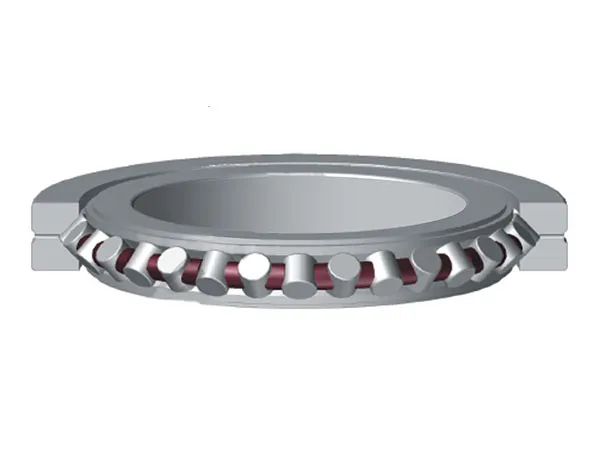The “life” of a precision crossed roller bearing, like any rolling element bearing, generally refers to its fatigue life. This is the number of revolutions or operating hours a bearing can achieve before the first signs of material fatigue, such as spalling or flaking, appear on its raceways or rolling elements.
Precision crossed roller bearings are critical components in high-accuracy applications, and their longevity is paramount. Here’s a comprehensive guide to improving their life, based on best practices.
How to improve the life of precision crossed roller bearings

1. Proper Selection and Design:
Accurate Load Calculation: This is the foundational step. Understand the magnitude, direction (radial, axial, moment), and combination of loads the bearing will experience. Overloading is a major cause of premature failure.
Environmental Conditions: Consider temperature, humidity, dust, and exposure to contaminants. Choose bearings with appropriate materials, seals (if applicable in the surrounding design, as crossed roller bearings themselves typically don’t have integrated seals), and lubricants for the operating environment.
Precision Requirements: Select the appropriate precision class for your application. Higher precision bearings often require more precise mounting and handling.
Stiffness and Preload: Crossed roller bearings offer high stiffness. Proper preloading during design and assembly is crucial. Too little preload can lead to clearance and vibration, while excessive preload can generate heat and reduce life.
Anti-Creep Mechanisms: For applications with high acceleration/deceleration, uneven loading, or vertical/inclined strokes, consider bearings with anti-creep mechanisms to prevent roller slippage and wear.
…
More detailed information about how to improve the life of precision crossed roller bearings can be clicked to visit: https://www.lynicebearings.com/a/blog/improve-the-life-of-precision-crossed-roller-bearings.html



